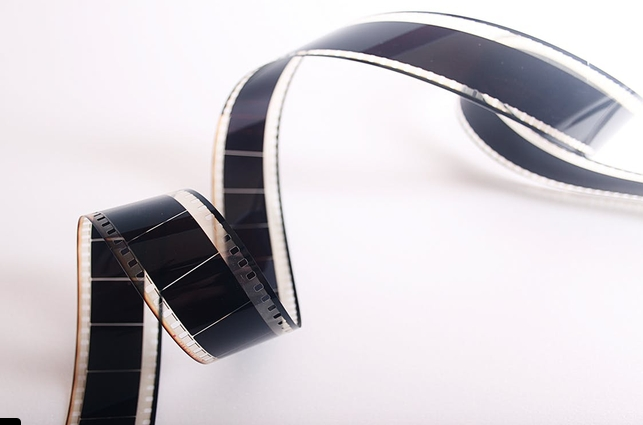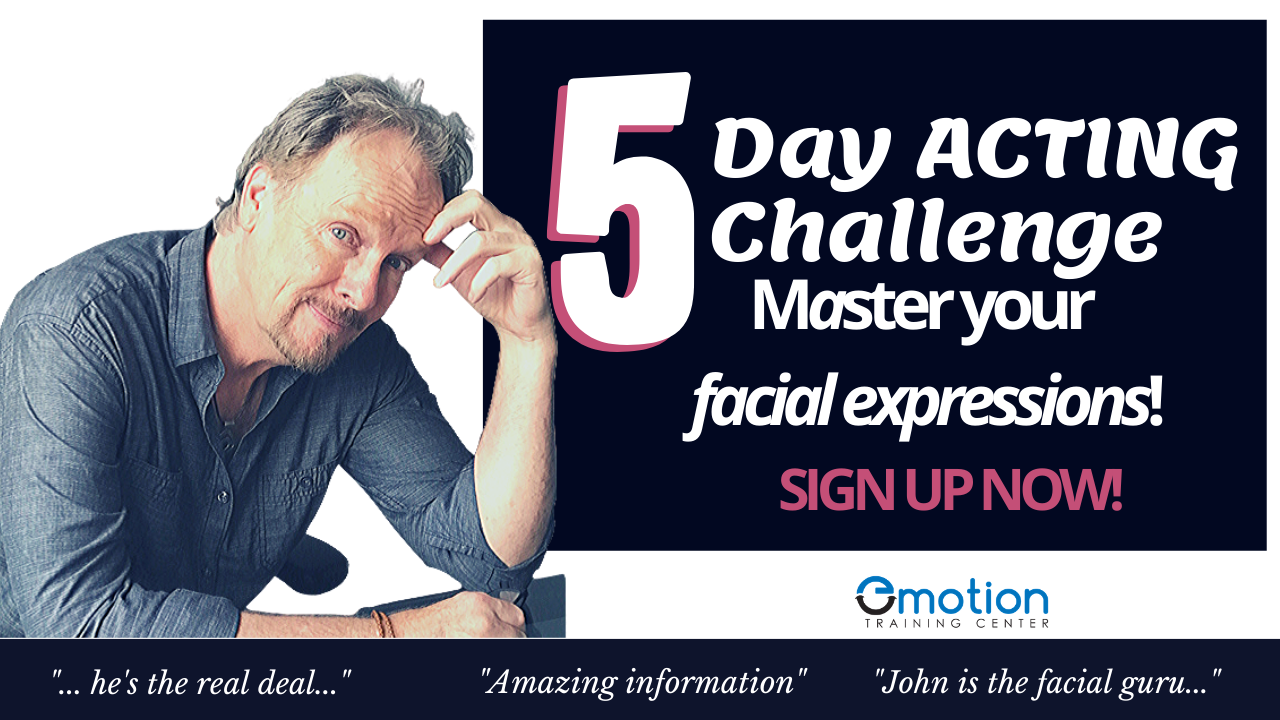|
Photo Source: Pexels
The Screen Actors Guild Awards are one of the few ceremonies to combine both prominent forms of on-camera acting: film and television. So, if you have dreams of one day winning a SAG statue, you’d be wise to start honing your on-camera skills, and our Backstage Experts are here to help you do it. On-camera acting has an additional element. “To define the difference between acting for the stage and acting for the camera, all stage actors are trained in two channels of nonverbal communication: the body and the voice. However, what separates the on-camera actor from the theatrical actor is the on-camera actor must know the three channels of nonverbal communication: the body, the voice, and the face.” --John Sudol, acting coach and author of “Acting: Face to Face: The Actor’s Guide to Understanding How Your Face Communicates Emotion for TV and Film” Actually do things on-camera. “Anything that is real looks amazing on camera. So really read the book; really listen to the other person; really try to get the piece of lint off of your clothes; really trace a heart in the water spilled on the table. “Use props and bits of business. Adjust your clothes. Really observe the other person in the scene. Feel the breeze on your face. Clean your fingernails. Touch someone with love. Stare so hard into their eyes that you make them tell you the truth. “Doing something also distracts you from feeling like you are acting. If you are busy doing you won’t be stuck thinking. Thus, you will get out of your head (which is making you fake and stiff) and you shall easily get lost in your body and the scene. You are in the moment and organic.” --Cathryn Hartt, Dallas-based acting coach, founder of Hartt and Soul Studio, and Backstage Expert If you push for emotion, it won’t be there. “However you achieve a powerful emotion, beware of forcing it out while the camera rolls. If the editor uses that over-emotive footage, you’ll look ridiculous. Instead, play the feeling as an obstacle. Contain it, but make sure it’s deeply felt or it will disappear on film. You want to play an emotion so viewers notice the power, detail, and nuance in your performance, not just a single solitary emotion that screams ‘I’m sad!’ or ‘I’m angry!’ “Be the break (not the gas) while on film. Less is more, I promise.” --Ryan R. Williams, L.A.-based on-camera acting teacher, founder of Screen Actors System, and Backstage Expert You don’t need to “project” on-camera. “Stage-trained actors must learn how to project so that the audience can hear what they’re saying. In on-camera acting, there’s never a reason to speak more loudly than the scene and story requires. Whether by boom or hidden under clothing, we can get a mic anywhere and it picks up everything.” --Shaan Sharma, co-founder of the Westside On-Camera Acting Studio and Backstage Expert Yes, you need to watch your playbacks. “Knowing how to interact with the camera is knowing how to interact with the audition room. By taking an on-camera acting class, and watching your playback tapes very carefully, you can figure out what works for you and what does not. At my studio 3-2-1- Acting School in Los Angeles, every class ends with a playback. This way my students see what is and isn’t coming across on camera. “Are you walking into the room with confidence and then freezing up on camera, or perhaps the opposite? Maybe you are rocking your on-camera acting work but could use some polishing on your actual entrance into the audition room, or your slate. Your exit is important, too. A quick one is best with a simple, ‘Good luck with this project!’ ” --Mae Ross, acting teacher and Backstage Expert The camera will see every move you make. “Be sure what you think you’re doing in front of the camera is actually reading on the monitor. Rehearse with a video camera and watch the playback. The camera often magnifies small physical movements you have naturally in everyday life. Unfortunately, arching eyebrows or a bobbing head draw attention to themselves on camera and distract us from watching what you’re thinking and feeling. Lose them. This does not mean you don’t move at all. You don’t have to be still to be effective on camera. Your physical life should look natural and full within the frame. It’s like the difference between cats and dogs. If you enter a room where a cat is cleaning itself with its paw, it will stop, look at you, then resume cleaning itself. Cats do one thing at a time. There’s separation. A dog, on the other hand, will scratch itself, wag its tail, and look at you all at the same time. Obviously, actors should be cat-like. It’s also ok to ask at the audition how they’re shooting you so you can adjust.” --Philip Hernández, NYC-based audition coach, working actor, Backstage Expert
7 Comments
|
Author, Coach, SpeakerJohn is known to actors around the world as the Go-To Emotion Specialist. Start your www.emotiontrainingcourses.com/courses/free-free-facial-expression-training FREE EMOTION TRAINING NOW! Click HERE or the photo below to Sign Up! Archives
October 2018
Categories
All
Check out the Acting: Face to Face Series - ebook, paperback, audio. Click Here
|

 RSS Feed
RSS Feed


